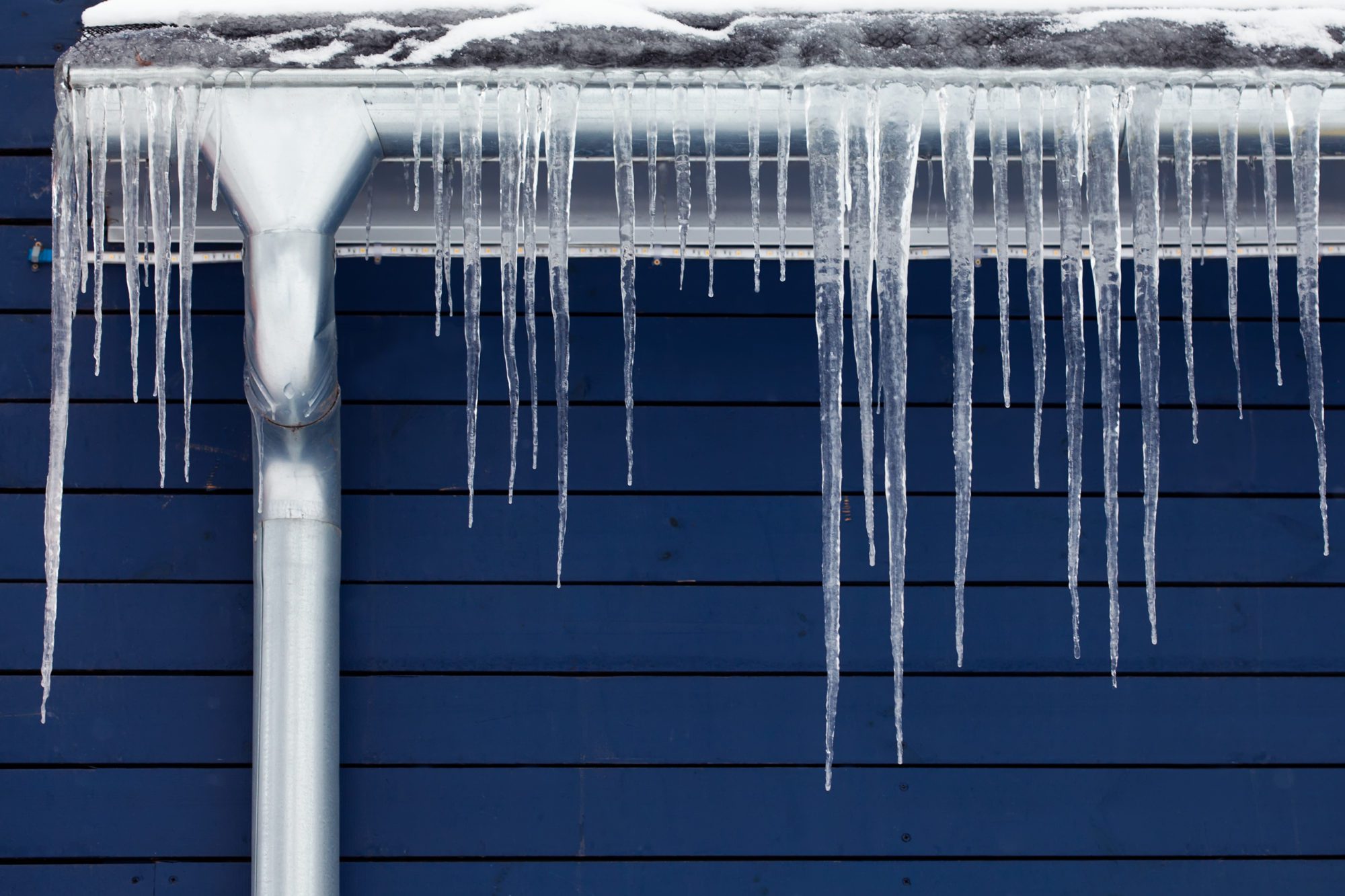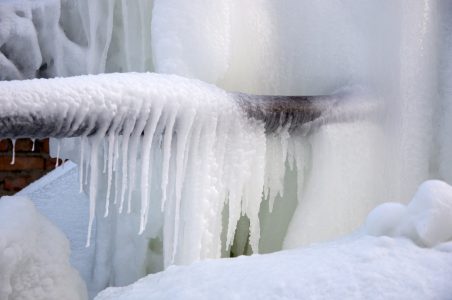Preventing Frozen Pipes: Top Tips for Cold Weather
Preventing Frozen Pipes: Top Tips for Cold Weather
Blog Article
The article author is making several great points about How To Avoid Freezing Pipes as a whole in the content just below.

Cold weather can wreak havoc on your pipes, specifically by freezing pipelines. Right here's how to stop it from occurring and what to do if it does.
Introduction
As temperatures decrease, the danger of frozen pipes boosts, possibly leading to costly repairs and water damages. Comprehending exactly how to stop icy pipes is vital for home owners in chilly climates.
Comprehending Icy Pipelines
What creates pipes to ice up?
Pipelines freeze when exposed to temperature levels below 32 ° F (0 ° C) for prolonged durations. As water inside the pipelines freezes, it increases, putting pressure on the pipeline wall surfaces and potentially creating them to burst.
Threats and problems
Frozen pipelines can result in supply of water disturbances, property damage, and pricey fixings. Ruptured pipes can flood homes and cause substantial structural damages.
Indicators of Frozen Pipeline
Determining frozen pipes early can stop them from rupturing.
How to identify icy pipelines
Search for lowered water flow from taps, uncommon smells or sounds from pipes, and visible frost on revealed pipes.
Prevention Tips
Protecting prone pipes
Cover pipelines in insulation sleeves or utilize warmth tape to secure them from freezing temperatures. Focus on pipelines in unheated or outside areas of the home.
Home heating strategies
Keep interior areas effectively heated, especially locations with plumbing. Open cabinet doors to allow warm air to circulate around pipes under sinks.
Protecting Outdoor Pipes
Yard pipes and exterior taps
Separate and drain pipes yard hoses prior to wintertime. Set up frost-proof spigots or cover outdoor taps with shielded caps.
What to Do If Your Pipes Freeze
Immediate activities to take
If you think frozen pipelines, maintain faucets open up to eliminate pressure as the ice thaws. Make use of a hairdryer or towels taken in hot water to thaw pipes gradually.
Long-Term Solutions
Architectural modifications
Take into consideration rerouting pipelines away from exterior wall surfaces or unheated locations. Add extra insulation to attics, cellars, and crawl spaces.
Updating insulation
Buy high-quality insulation for pipes, attic rooms, and wall surfaces. Correct insulation assists maintain regular temperatures and minimizes the danger of icy pipes.
Verdict
Stopping icy pipelines requires positive steps and quick actions. By understanding the causes, indicators, and preventive measures, home owners can protect their pipes throughout cold weather.
5 Ways to Prevent Frozen Pipes
Drain Outdoor Faucets and Disconnect Hoses
First, close the shut-off valve that controls the flow of water in the pipe to your outdoor faucet. Then, head outside to disconnect and drain your hose and open the outdoor faucet to allow the water to completely drain out of the line. Turn off the faucet when done. Finally, head back to the shut-off valve and drain the remaining water inside the pipe into a bucket or container. Additionally, if you have a home irrigation system, you should consider hiring an expert to clear the system of water each year.
Insulate Pipes
One of the best and most cost-effective methods for preventing frozen water pipes is to wrap your pipes with insulation. This is especially important for areas in your home that aren’t exposed to heat, such as an attic. We suggest using foam sleeves, which can typically be found at your local hardware store.
Keep Heat Running at 65
Your pipes are located inside your walls, and the temperature there is much colder than the rest of the house. To prevent your pipes from freezing, The Insurance Information Institute suggests that you keep your home heated to at least 65 degrees, even when traveling. You may want to invest in smart devices that can keep an eye on the temperature in your home while you’re away.
Leave Water Dripping
Moving water — even a small trickle — can prevent ice from forming inside your pipes. When freezing temps are imminent, start a drip of water from all faucets that serve exposed pipes. Leaving a few faucets running will also help relieve pressure inside the pipes and help prevent a rupture if the water inside freezes.
Open Cupboard Doors
Warm your kitchen and bathroom pipes by opening cupboards and vanities. You should also leave your interior doors ajar to help warm air circulate evenly throughout your home.

Hopefully you enjoyed reading our piece on Preventing and dealing with frozen pipes. Thank you for finding the time to read our short article. Are you aware of another person who is in to the topic? Why not promote it. Thanks a lot for being here. Return soon.
Learn More Report this page